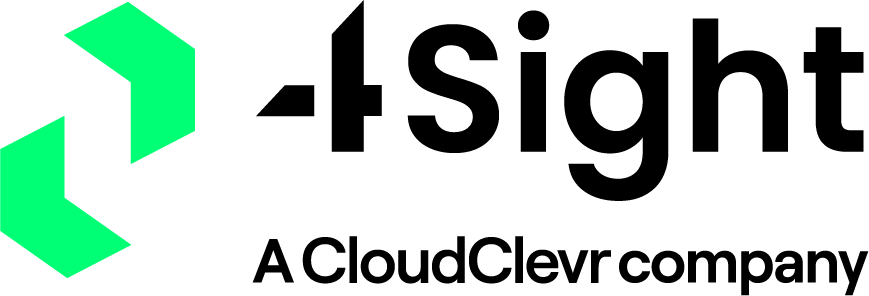Report | Hybrid Working 2021

Customers accepted reduced service as companies shifted to working from home, but now expect a return to ‘normal service’ with improved response times and a stronger customer experience. Those that invest in good technology, rather than relying on declining customer goodwill, will generate a better experience and potentially stronger sales. This article looks at a hybrid working report alongside the advantages and disadvantes remote working brings.
The challenge facing businesses is how to resume a professional service while simultaneously adapting to the new norm: hybrid working. The answer lies in empowering customer-facing staff with the right tools that not only let them work from home as seamlessly as they work from the office or call centre, but also allow customers to interact how they prefer, says Dave Harrison, head of sales and marketing at 4Sight Comms.
Businesses should start at the edge to understand staff needs, their precise roles and define what they need in terms of functionality and technology – this will be the blueprint for a business’ core platform. For example, a customer service agent at a startup may be perfectly suited to replying to customers via Whatsapp, either at home or in the office, while an established business with a higher customer count may need a more technological solution, such as an artificial intelligence-powered web chat.
Harrison says: “The right technology brings together the choice of the customer with the choice of the customer service agent, but at the same time maintains the security, control and analytical capability that you so desperately need as a business. That’s where 4Sight Communications comes in with our access to Mitel technology.”
Mitel powers more than 2 billion business connections with cloud, enterprise and next-generation collaboration applications. Its solutions are well adapted to hybrid working because agents can efficiently handle voice and digital media contacts anywhere from a ‘single pane of glass’ comprising phone, email, web chat, SMS and social media. This type of advanced technology delivers excellent customer service in a hybrid working environment because, according to Mitel’s own research, most customers would rather interact through digital channels including web chat, SMS, chatbots and social media.
Moreover, automated forms of self-service, such as chatbots and virtual agents, can help address many of today’s customer experience shortcomings. Research by Mitel indicates that these next-generation technologies translate into better forms of customer service. Therefore, businesses need to work out which channels their customers prefer and equip staff with the options to access them either from home or in the office.

The added benefit is that businesses can get their hands on analytics that provide valuable insights into employee performance and identify weak spots. Supervisors monitor and manage agent and queue performance and are alerted when service levels are below target. Live analytics include insights such as average response time per media channel. Historical analytics include call recording and quality monitoring, which provide supervisors with the ability to listen to and score agent interactions.
Harrison says: “A business can track the availability of agents irrespective of a hybrid working location. This gives businesses the ability to cope with customer demand both proactively, with an understanding of volumes and trends, and reactively should additional resources need to be added to cope with unexpected surges.”
The good news is that it’s never been easier or cheaper to tap into top tech. Businesses can sign up to an affordable, monthly subscription service to Mitel via 4Sight Communications, instead of allocating significant capital expenditure to a proprietary platform. All you need to do is work out what hybrid working means to you as a business and how customers want to interact.
Harrison says: “Businesses need to embrace change, find new lanes of opportunity and fill them with the right technology that empowers people to fulfil their working aspirations with the aspirations of the organisation that they’re working for.”
This article was first published by Raconteur.



